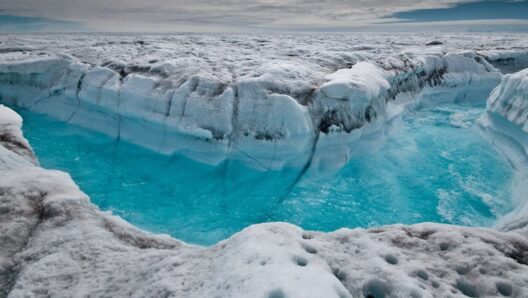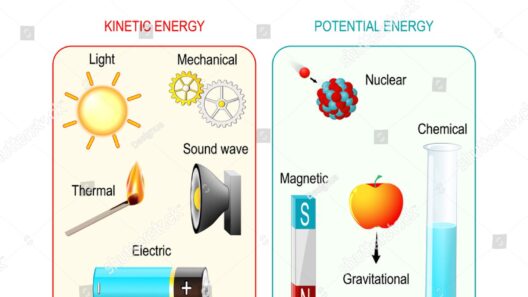When we delve into the realm of physics, particularly within the scope of energy, we frequently encounter the distinctions between conservative and non-conservative forces. A question that bubbles up to the surface is, “Do non-conservative forces possess potential energy?” This query, while seemingly straightforward, unravels into an intricate tapestry of definitions, examples, and implications. Let’s explore this topic with clarity and detail, dissecting the nature of forces and the concepts tied to them.
To commence our discussion, we must elucidate the distinction between conservative and non-conservative forces. Conservative forces are those whose work done on an object does not depend on the path taken. Instead, it only relies on the initial and final positions of the object. Classic examples include gravitational and elastic forces. These forces allow for the storage of potential energy, which can be converted to kinetic energy and vice versa without any loss in the total mechanical energy of the system.
In stark contrast, non-conservative forces, such as friction and air resistance, exhibit a different behavior. They are path-dependent. The work done by non-conservative forces can vary depending on the trajectory followed. When these forces act on an object, they often lead to energy dissipation, primarily in the form of thermal energy due to friction. This raises an interesting dilemma: can non-conservative forces still engender potential energy in any form, or do they solely lead to energy dissipation?
The crux of the matter lies in understanding what potential energy encapsulates. Potential energy is defined as the energy stored within an object due to its position or state. In the case of conservative forces, potential energy can be quantified and associated directly with their particular fields—gravitational potential energy in a gravitational field, for example. The quintessential formula for gravitational potential energy is U = mgh, where m denotes mass, g represents acceleration due to gravity, and h signifies height above a reference level.
Now, if we shift our lens to non-conservative forces, the situation becomes decidedly more complex. Consider friction, a prominent non-conservative force. When a block slides down an inclined plane, mechanical work is done against friction, and this work translates into thermal energy rather than being stored as potential energy. The path taken by the block—whether it slides swiftly or moves unhurriedly—determines the energy dissipated through friction. Herein lies the challenge: while the block does not possess potential energy derived from friction, it does not entirely escape the framework of potential energies.
In certain scenarios involving non-conservative forces, the concept of potential energy can be reconsidered. For instance, let us examine a roller coaster. As the coaster ascends to the peak of a hill, it gains gravitational potential energy. When it descends, friction comes into play, attempting to sap the mechanical energy of the system. However, where does that energy go? It transforms, and in many cases, the conversion may lead to a reduction of the system’s total mechanical energy. Yet, in this instance, we can delineate a microcosm of potential energy as the coaster’s height initially affords it that stored energy, despite exerting non-conservative forces along the ride.
This scenario also posits questions regarding our interpretation of energy transformation. Can we argue that while non-conservative forces don’t store energy per se, they influence the energy state of a system in a broader context? When we abstract the term “potential energy” to also include transient states or interactions, a pathway opens for exploration. In complex systems, one could argue that despite the lack of traditional potential energy associated with non-conservative forces, their role in energy transfer is significant. The energy exchanged appears as heat, representing a different yet essential form of energy in dynamics.
It is imperative to also contemplate systems where both conservative and non-conservative forces interact. A bouncing ball is a fitting case study. As the ball ascends, it collects gravitational potential energy. Once it peaks and begins its descent, air resistance—an example of a non-conservative force—acts against the motion. The energy expended due to air resistance is no longer recoverable as kinetic or potential energy. Nevertheless, the energy conservation principle still holds; it merely transforms, demonstrating the fluid dance between energy states.
In conclusion, the question of whether non-conservative forces possess potential energy invites a multifaceted dialogue. On the surface, non-conservative forces do not store potential energy in the classical sense. Yet, their interactions can significantly influence the energy landscape of a system. They highlight the intricate relationship between energy conservation and transformation. While non-conservative forces primarily contribute to energy dissipation, potential energy remains an essential component of physics that asserts its relevance even in the presence of these forces. The interplay between forces, energy, and their myriad forms remains one of the compelling mysteries within the framework of physics, urging us to ponder deeper and ask more questions along the path of understanding our universe.






